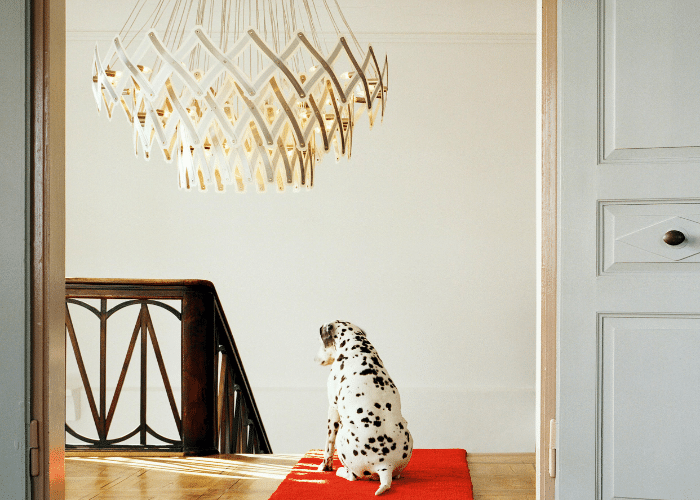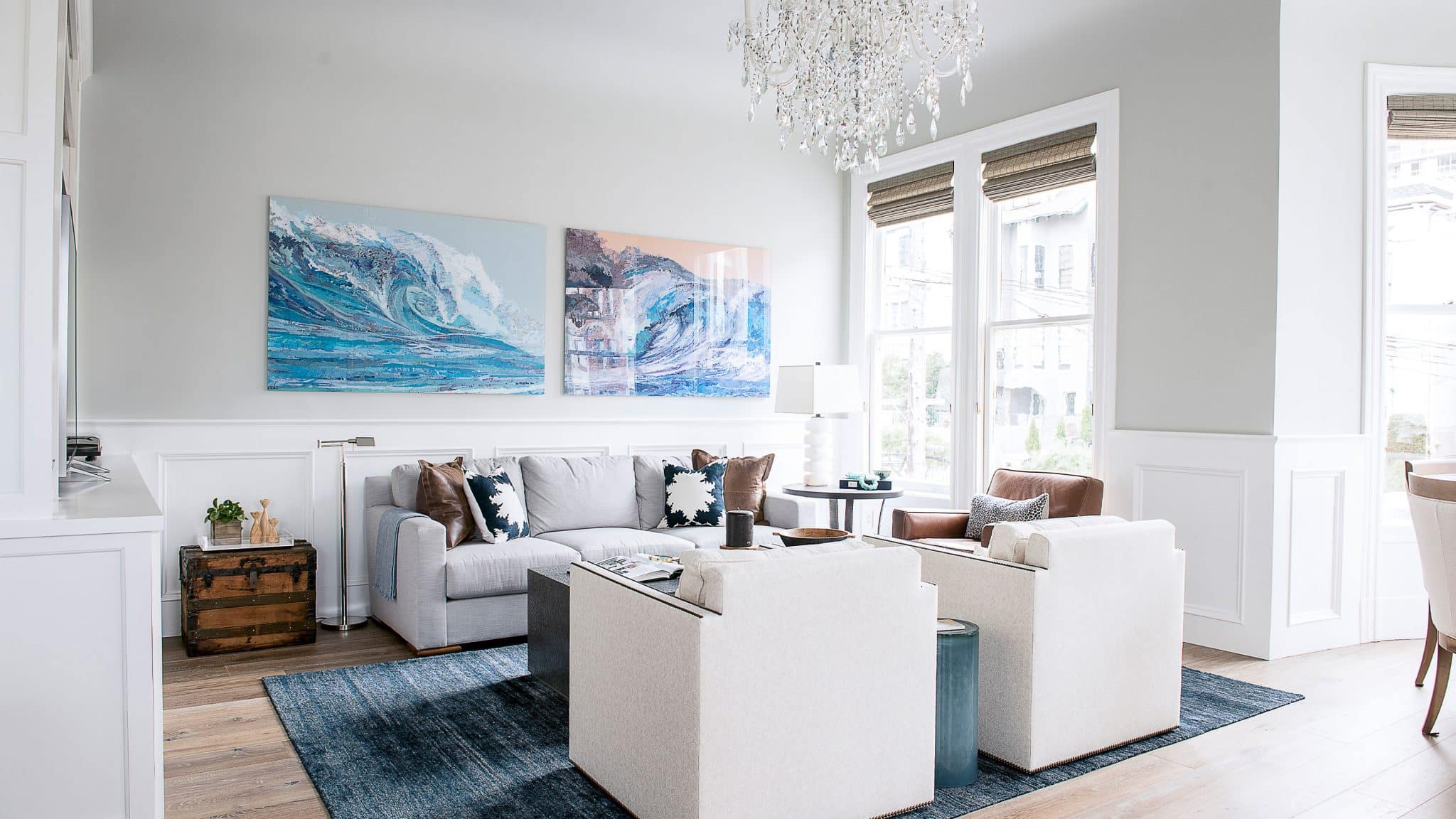How Do Coastal Chandeliers Differ from Traditional Chandeliers?
We all want to have surroundings that give us a sense of relief yet add a touch to our standards. The surroundings in which we reside play a big role in maintaining the standards. There are so many things that we need to consider to make things work in the same way. The interiors of the house and the objects that we are placing play a big role.
Among all the objects, people also consider placing chandeliers in the surroundings. These are decorative lighting fixture that is typically suspended from the ceiling and often features multiple arms or branches, each holding one or more light sources. These are a perfect addition to any surroundings. But people get confused while choosing it because there are currently coastal and traditional chandeliers available.
If you are confused about which one to choose between traditional or coastal chandeliers, don’t worry and keep on reading. Here, we will be sharing the differences that will help you to make the decisions easily. So, without further ado, let’s get started!
Overview of Coastal Chandeliers

Firstly, know a bit about chandeliers. These are called beach-inspired chandeliers that provide the essence of coastal living and bring a touch of the sea into interior design. These unique light fixtures combine functionality with aesthetic appeal, creating a charming and relaxed ambiance for people who want to have a reference of the coastal landscape for their surroundings.
Moreover, these are specifically designed to capture the natural elements of the beach. For making these chandeliers, materials like driftwood, seashells, ropes, and weathered metals like bronze and iron are in consideration. These materials give the chandeliers a rustic yet elegant look, making them more of a nature-connected addition to the surroundings.
Overview of Traditional Chandeliers

Now, after knowing about chandeliers, we do know a bit about traditional chandeliers. These are more than just a light fixture and are a perfect symbol of timeless elegance. These lighting fixtures are best for the interiors of palaces, ballrooms, and stately homes for centuries and add a touch of sophistication as well. These are majorly in consideration to equip the surroundings with their intricate designs, luxurious materials, and the warm glow they cast upon their surroundings.
Along with it, the arms and branches of the chandelier elegantly extend outward, supporting an array of candles or electric bulbs. Overall, this piece is a great addition to your surroundings.
Difference Between Coastal and Traditional Chandeliers
In this section, we will help you learn about traditional and coastal chandelier differences in detail. This will help you to be sure about your choice for the surroundings:
1. Design Aesthetic
The design aesthetic is one of the primary factors making traditional chandeliers different from each other. Chandeliers comes up with a relaxed, beach-inspired design. These also include elements like driftwood, rope, sea glass, and natural textures, contributing to a breezy, seaside ambiance.
On the other hand, traditional chandeliers feature ornate and classic designs that are often characterized by intricate metalwork, crystal embellishments, and detailed motifs. They exude elegance and timeless charm.
2. Materials Used
The materials that are used for making these chandeliers are different from each other. For chandeliers, the materials typically in use are the materials available in coastal environments, including weathered wood, jute, rattan, and shells. These materials contribute to a casual and organic feel.
On the other hand, for traditional chandeliers, materials like brass, bronze, iron, and crystal are in use and helpful in creating a sense of luxury. The materials are so different from each other that people can easily point out the differences if they are unaware of the parameters in detail.
3. Color Palette
The colors are also something that makes them different from each other. With chandeliers, you will favor light and airy color palettes inspired by the ocean and beach, featuring shades of white, soft blues, and sandy neutrals. But with traditional chandeliers, this is different. It may include rich and deep color schemes, such as gold, bronze, deep reds, and regal greens, enhancing their formal and sophisticated look.
4. Shapes of The Chandeliers
You will see there are different shapes available with these. In the case of chandeliers, organic and fluid shapes are considered to resemble natural forms like waves, driftwood branches, and shells; alternatively, traditional chandeliers have more structured and symmetrical designs with well-defined arms and central columns.
5. Setting and Use
The use cases also play a big role. The chandeliers are well-suited for beach houses, cottages, and homes with a relaxed and casual interior design. They create a laid-back, coastal vibe. But this is not the same with traditional chandeliers.
These are commonly found in formal dining rooms, grand entrances, and rooms with classic interior designs, adding an element of elegance and grandeur. It is a must to know about the use cases because these will help get one that goes well with the overall surroundings of your house!
Conclusion
In conclusion, the coastal and traditional chandeliers are different from each other and showcase the diverse spectrum of design possibilities within lighting fixtures. Chandeliers capture the essence of beachside designs, utilizing natural materials and soothing color palettes.
On the other hand, traditional chandeliers showcase timeless style, unique designs, luxurious materials, and formal designs that have adorned interiors for centuries.
People can choose the one that goes well with their surroundings. There are so many different options available. It is a must to choose the one that favors your surroundings and contributes to enhancing the interiors as well!







